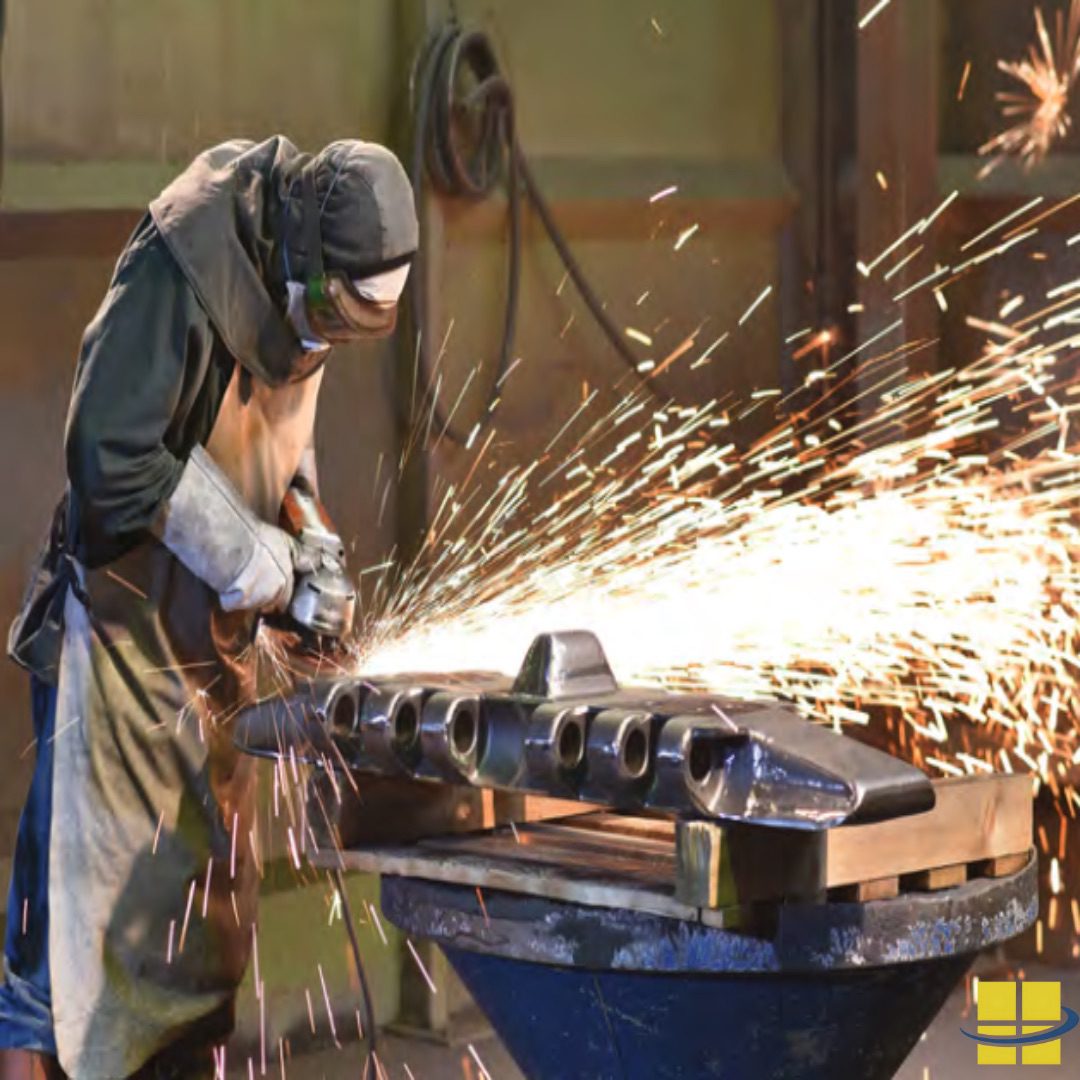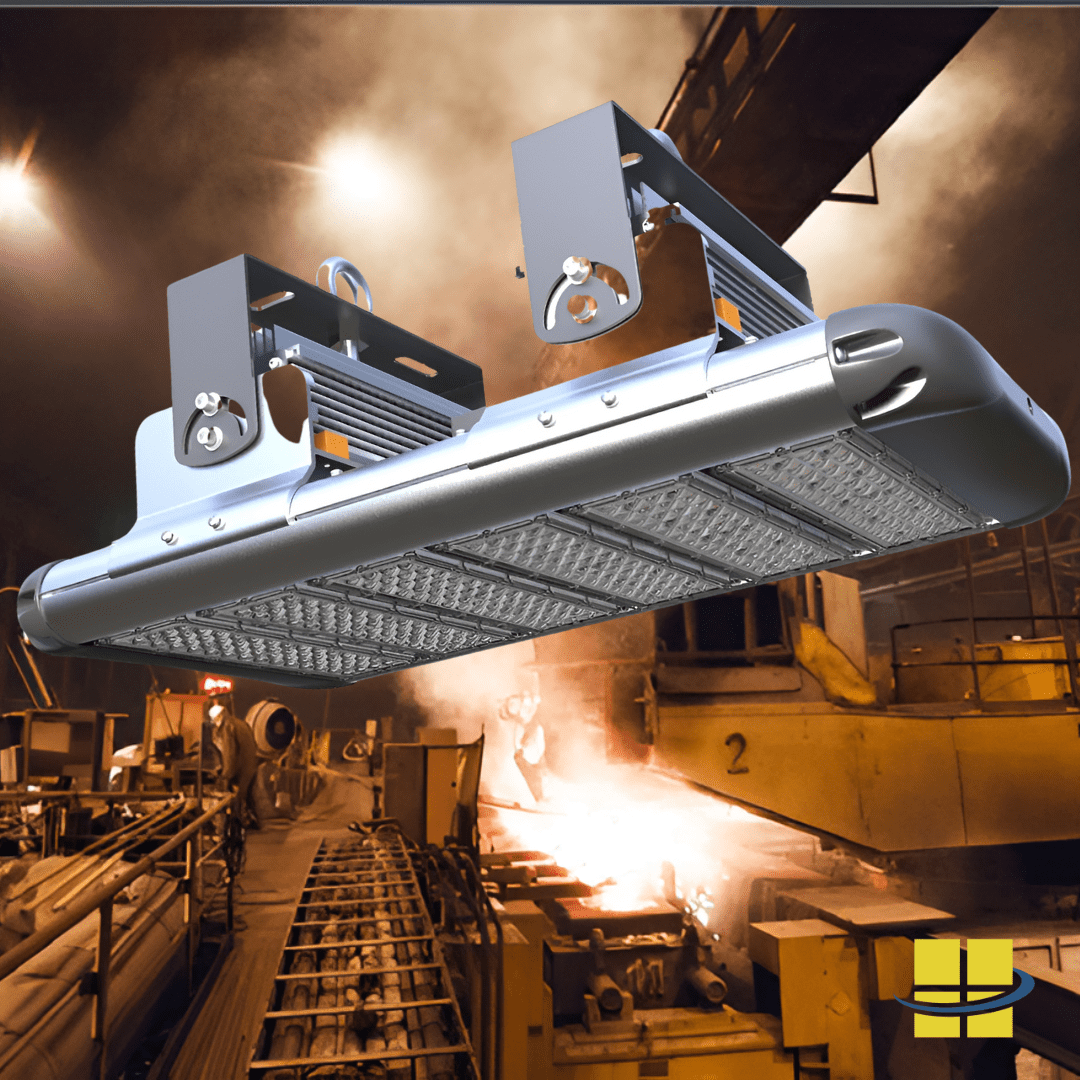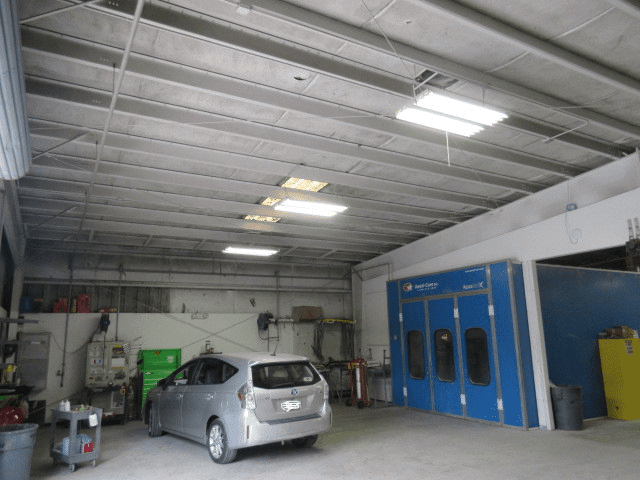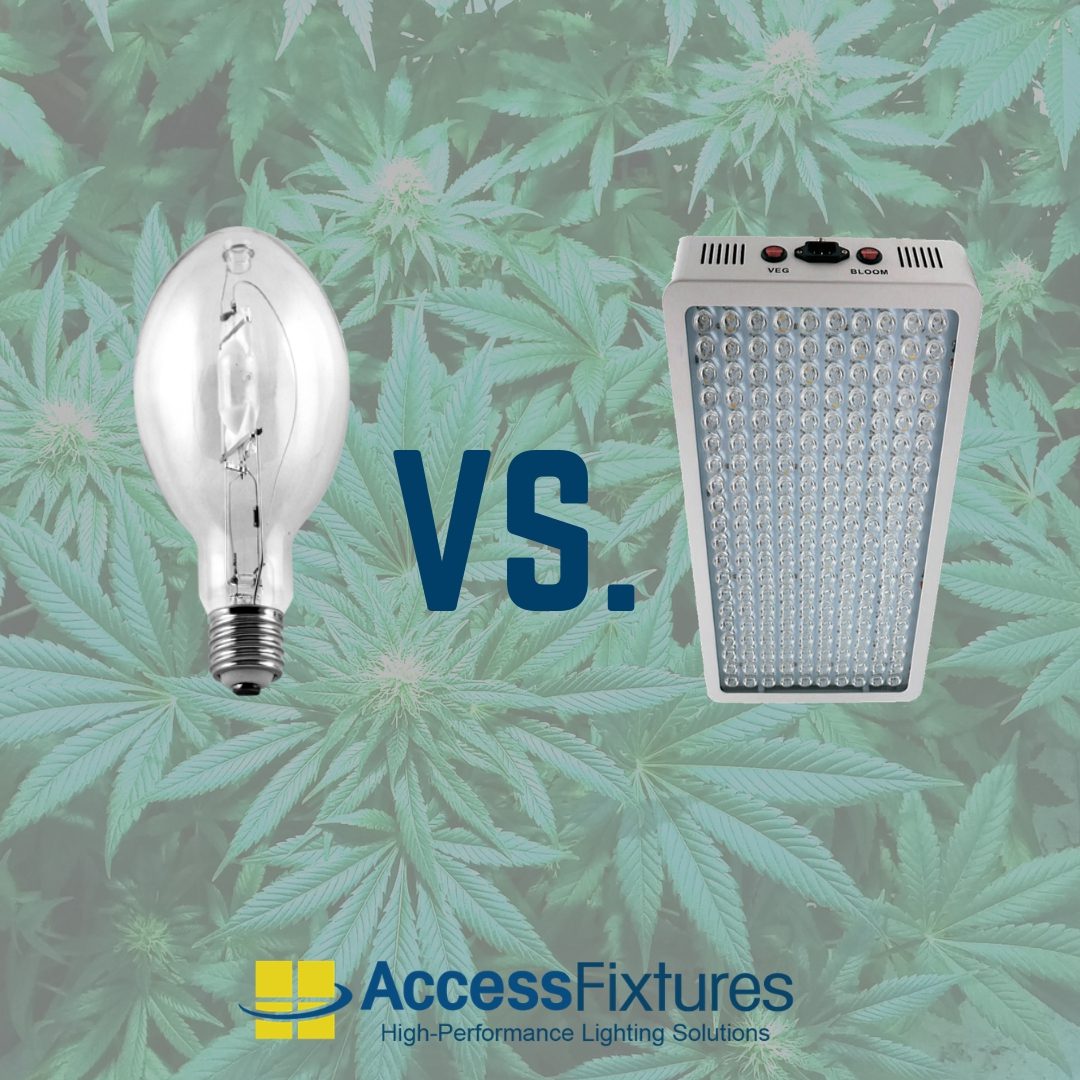When choosing indoor grow lights for cannabis, vegetables, or any other kind of plant, the type of light fixture used can matter. For years, experienced and novice growers alike were reliant on HID light sources to grow their green. Within the past few years, LED grow lights have taken hold of the market hugely and are beginning to eclipse HID grow lights as the best choice for growing plants indoors.
Pros and Cons of HID Grow Lights
Traditional forms of lighting that were used in the past and are still used by many growers today include metal halide and high-pressure sodium (often abbreviated to HPS). Both of these forms of lighting are considered induction lighting, meaning there are flammable gases and combustion that happen, causing visible light to be emitted. Metal halide lamps often emit a cooler light spectrum, which tends to benefit the vegetation stage of growth. High-pressure sodium emits light at a warm 2200K, which is great for the flowering stage of the cannabis plant. Some growers choose to use one style of HID lighting or both during different cycles of the plant’s growing life.
PROS:
- Lower up-front cost
- Higher wattage HID lamps have good coverage — good for larger spaces
- A long history of use and plenty of literature on how to use
- Intense light penetrates the canopy and nourishes the entire plant
CONS:
- Expensive to run
- Need a reflector hood which contributes to lost efficiency
- Becomes very hot – fire risk
- Degrades quickly
- Not ideal for small or covert grows
- Contains components that are not eco-friendly
- Not as precise delivery of vegetative/bloom spectrums
Pros and Cons of LED Grow Lights
LED grow lights, such as the 400w TOAK from Access Fixtures, have been sweeping the marijuana grow scene for years and the momentum just keeps increasing. This is all for good reason, of course — LED grow lights rely on digital drivers and diodes to emit light instead of traditional combustion methods, and thus are far more efficient. LED grow lights come in many different form factors and styles.
PROS:
- Deliver precise spectrum of light that plants need
- Amazing PAR-per-watt value
- Most use bloom and vegetation modes
- No toxic metals are used in LED fixtures
- Long-lasting fixtures — up to 100,000 hours
- Generally lower-maintenance
- Great for both stealth and large professional grows
- Much less heat and fire risk
- Come in many different form factors such as high bay, linear, etc.
CONS:
- Pricier up-front cost
- If too close to plants, can cause “light burn”
- Learning curve — not as much current literature regarding LED
The LED Advantage
There are many short-term and long-term advantages of using LED fixtures to grow cannabis. While HID fixtures like HPS and metal halide have their place in the growing world, newer LED technology is superior in just about every way. Contact Access Fixtures today to learn more about the TOAK 400w LED grow light.

Comprehensive Guide to Class 2 Div 1 Lighting
Class 2 Div 1 lighting maintains safety in hazardous areas, where flammable gases, vapors, combustible dust, or easily ignitable fibers exist

High Heat LED High Bay Lights
Brighten your Space with HAWT LED Lighting from Access Fixtures Access Fixtures, a leader in commercial and industrial LED lighting, proudly announces the launch of HAWT, a brand-new collection of high-heat LED high-bay lighting fixtures. The HAWT Advantage It is the...

LED Lighting Solution for Florida Auto Body Shop
T8: No Longer Sufficient An auto body shop in Florida recently contacted us with the hope that we could upgrade their outdated 4-bulb T8 high bay fluorescent lighting to LED. Their nearly ten-year-old lighting just wasn't providing the much-needed efficiency and lumen...



